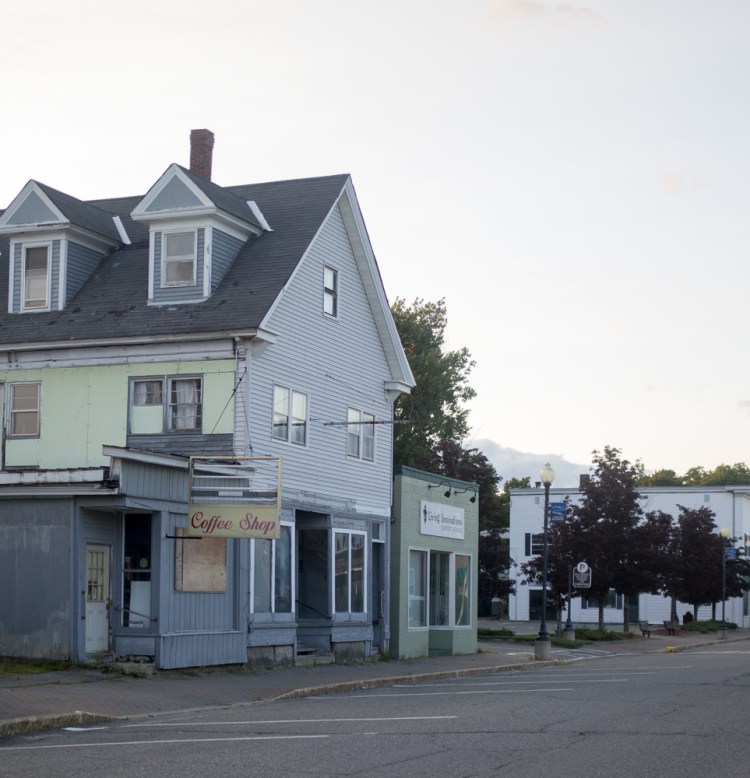As the 2018 gubernatorial campaign ramps up, we’ll hear lots of ideas for growing Maine’s economy. Decades ago, people disagreed about what drove growth, especially in rural areas, because there wasn’t much hard evidence of what worked. Today, we know better. Two simple tests can predict which ideas will succeed.
There’s a three-part formula for economic growth: Population x Participation x Productivity. These “Three Ps” drive Maine’s economy. In addition, geography determines our ability to influence them. The tests revolve around those four elements.
What do they mean?
“Population” reflects the size of a region’s potential workforce. As it grows, so does the pool of skills, knowledge and labor that fuels an economy. Today, population growth is expanding economies in the southwestern U.S. and in countries such as India. Maine’s population is small, old and projected to begin shrinking around 2019 unless we experience an influx of new residents, according to the Maine Office of Policy and Management.
“Participation” means the portion of the population that is working, and how much they are working. In the last century, the mass entry of women into the U.S. workforce greatly boosted the nation’s economic output.
In Maine, 28 percent of workers are age 55 or older, meaning much of the talent fueling today’s economy will soon retire. Furthermore, participation among workers of all ages, particularly men, is declining. Many individuals lack the experience and credentials today’s employers seek. Others face hurdles such as transportation, child care, mental health issues or substance abuse.
“Productivity” can be thought of as how much product (either goods or services) each worker generates per unit of time. Labor productivity has two main determinants: the skills and knowledge of a region’s workers (“human capital”) and their tools (computers, machinery, etc.). In the early 1900s, the widespread electrification of manufacturing increased productivity and fueled U.S. growth.
A simple measure of labor productivity is gross domestic product per worker. In 2016, Maine’s GDP per worker ranked 46th among the 50 states. We ranked fairly well (28th) in the percentage of workers with a bachelor’s degree or above, per the U.S. Census Bureau, but many Mainers work in sectors such as health care and tourism, which are less “productive” by standard measures than high-tech manufacturing and services (e.g., computer programming and information technology).
There is no inventory of the “tools” available to Maine workers, but if there were, it would be massive: bridges, broadband, computers, machinery, forests, fisheries and much more. Some proxies include spending on research and development (where Maine does poorly), broadband connectivity (where Maine does somewhat well) and natural resources (where Maine excels).
Finally, “geography” determines how well the “Three Ps” synergize. Places that are densely populated and well-connected to other economies are enjoying greater prosperity in today’s knowledge-based economy than many rural places. University of Maine economist Todd Gabe explains why in his new book, “The Pursuit of Economic Development.” In the manufacturing-based economy of the past, companies often built facilities in places with low labor costs. This helped underperforming (particularly rural) areas increase their productivity and catch up to wealthier regions.
In today’s knowledge-based economy, companies reliant on human capital locate where it is already plentiful and workers are already highly productive, which is often urban areas.
Maine’s most productive region is the Portland area. In 2015, its GDP per worker was 34 percent higher than the rest of Maine’s, U.S. Bureau of Economic Analysis and Census Bureau data show. Cumberland County has generated 40 percent of Maine’s job growth since 2009, according to the U.S. Bureau of Labor Statistics. The Portland area’s economy is growing faster than the economy in the rest of Maine, just as Gabe’s research predicts.
This brings us to the test of political promises.
The 3-Ps Test: Which P will the candidate’s proposal influence, and by how much? That is, will it grow Maine’s population, encourage workforce participation, increase productivity or some combination of the three? And will it do so without harming the other factors?
This test may show that disparate groups are sometimes working toward the same goal. For example, tax breaks on business equipment and investments in education both tend to increase productivity. Reasonable people may debate which strategy is better, but by testing proposals against one model of economic growth we can at least find common ground.
The Geography Test: Will the proposal leverage growth in urban areas (such as Portland and Bangor) to increase activity in more rural regions? Will it help to build business partnerships with outlying areas, or connections through recreation and tourism? And, will it bolster urban areas to ensure they continue to spread prosperity outward?
The next time politicians argue over how best to grow Maine’s economy, let’s apply these simple tests. Economic development is no longer a mystery.
Send questions/comments to the editors.



Comments are no longer available on this story